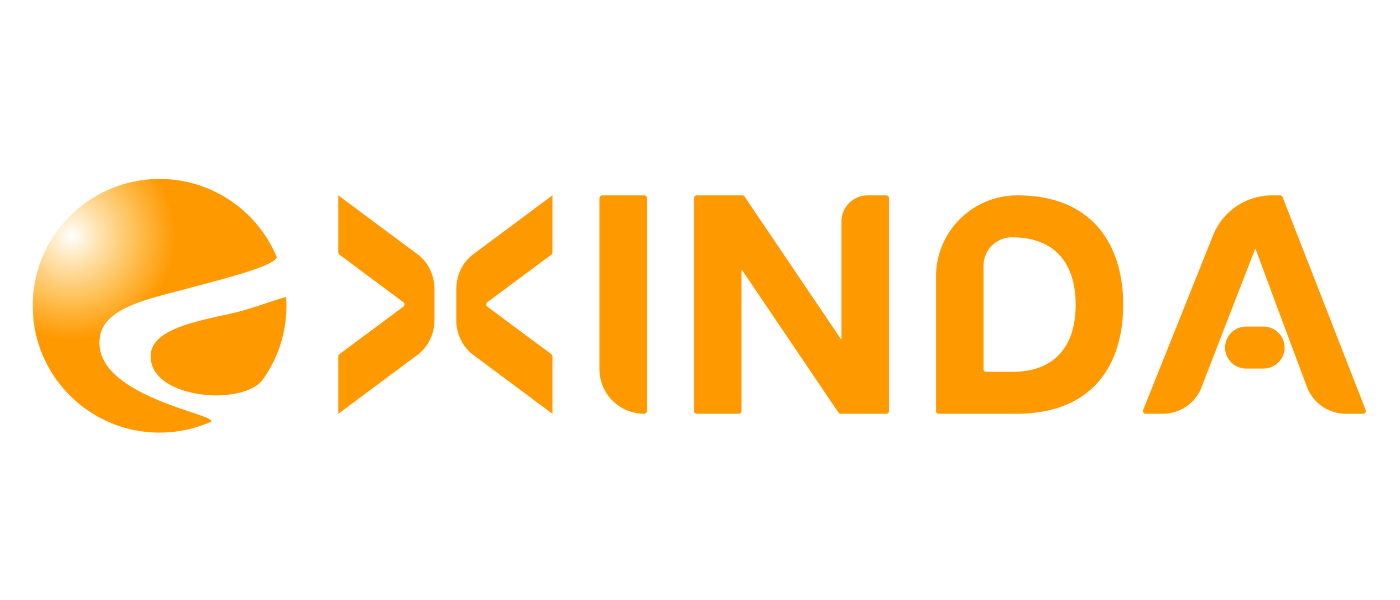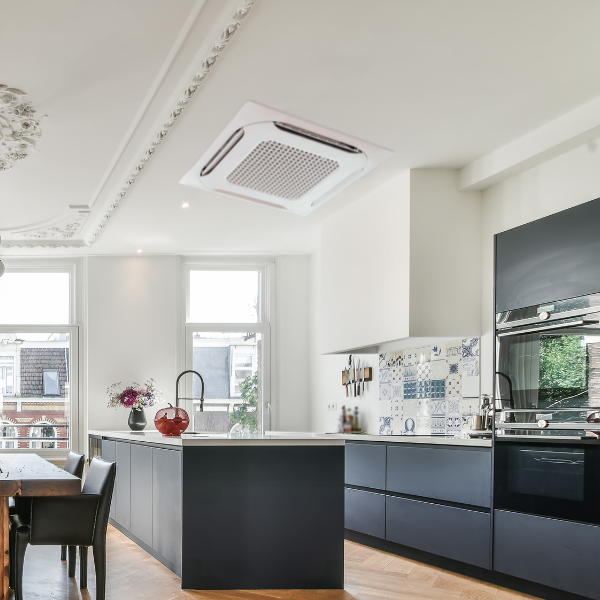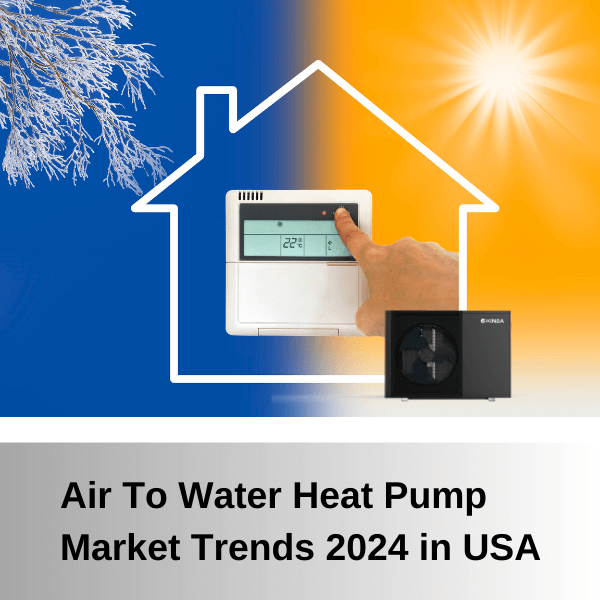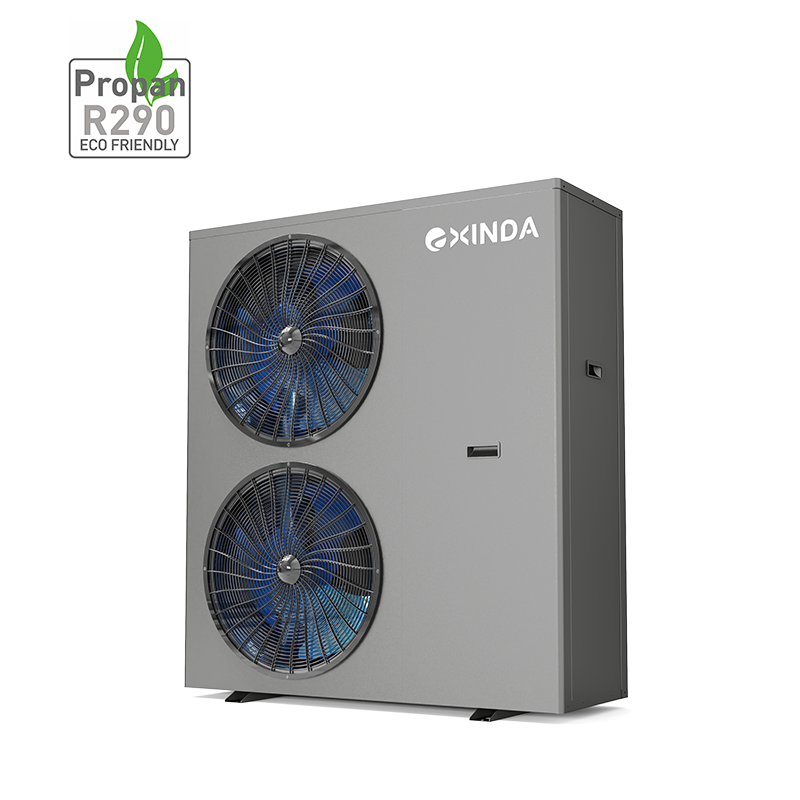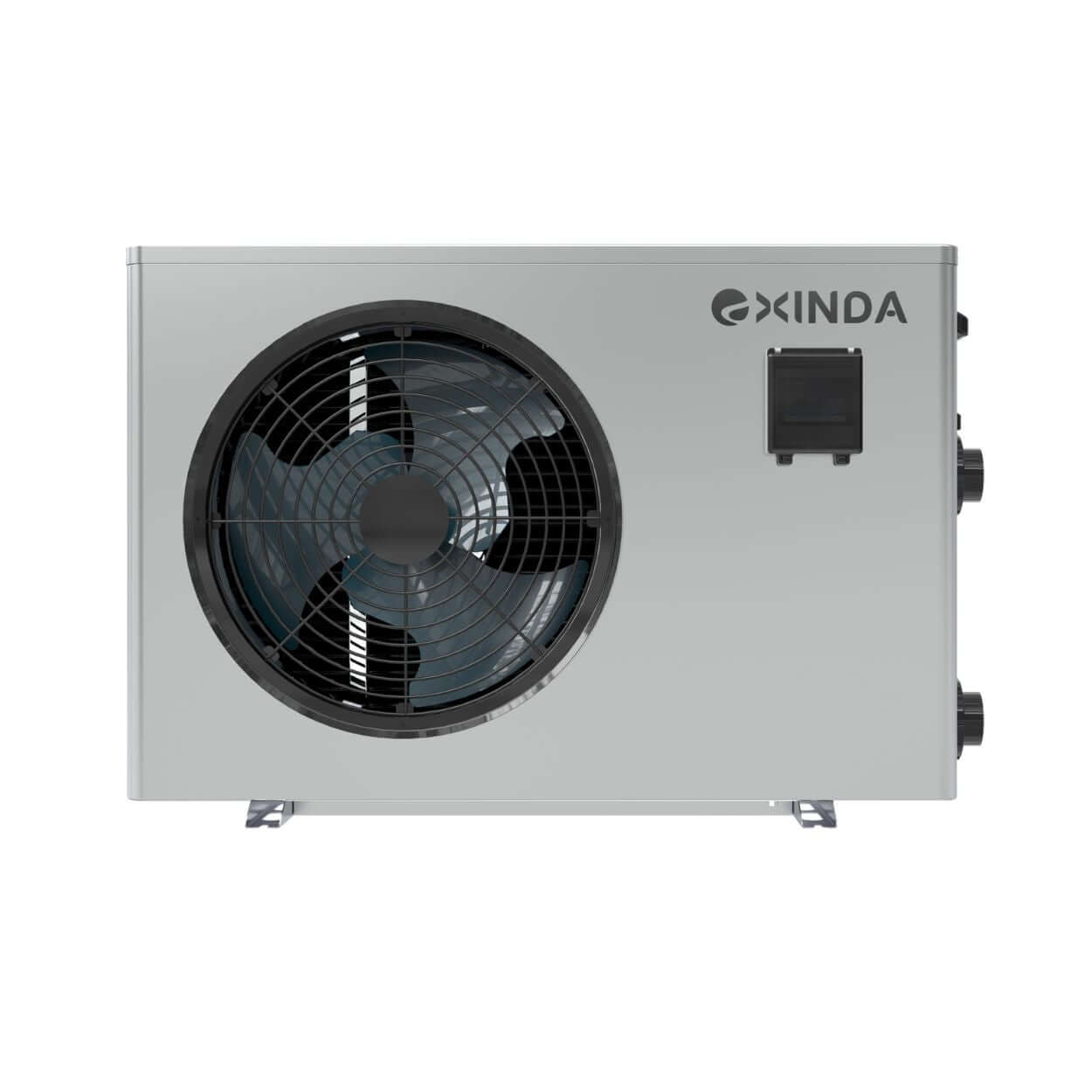 In today's society, as demands for improved quality of life and sustainable development continue to grow, energy conservation and environmental protection have become crucial global trends.
In today's society, as demands for improved quality of life and sustainable development continue to grow, energy conservation and environmental protection have become crucial global trends.
Heat recovery ventilator systems (HRV/ERV) are pivotal in enhancing building energy efficiency and indoor air quality, significantly contributing to long-term operational cost savings.

By reducing dependence on external energy sources, Heat recovery ventilator(HRV/ERV) systems effectively mitigate the impact of energy price fluctuations on building operational budgets, aligning with societal calls for economic sustainability and environmental conservation.
The Importance of Heat Recovery Ventilator Systems

Energy Conservation and Environmental Impact Reduction
Amidst global climate change and energy crises, energy conservation has become a global issue, with Heat recovery ventilator (HRV/ERV) systems emerging as key solutions. The fresh air system (HRV/ERV) recovers heat and energy from indoor air, thereby reducing the building's energy demand and reducing overall carbon emissions.
Improving Indoor Air Quality
Modern buildings' airtightness, while beneficial for energy efficiency, may lead to diminished indoor air quality, posing health risks to occupants. Pollutants such as secondhand smoke, pollen, volatile organic compounds (VOCs), bacteria, and viruses can accumulate in sealed environments.
Heat recovery ventilator (HRV/ERV) systems, by continuously introducing filtered fresh air and expelling polluted indoor air, effectively reduce these pollutants' concentration, thus enhancing indoor air quality.
Creating Comfortable Living and Working Environments

By maintaining fresh, clean indoor air and stable temperature and humidity levels, Heat recovery ventilator (HRV/ERV) systems create more comfortable and healthier living and working environments. Such environments improve occupants' satisfaction and work efficiency and reduce health issues caused by poor indoor air quality, such as asthma and allergic reactions.
In an era where health and quality of life are increasingly valued, the ability to improve indoor air quality is crucial, enhancing the comfort of living and working spaces and representing an investment in long-term health.
Selecting the Appropriate Heat recovery ventilator Supply Brand

Product System Performance
Heat Recovery Efficiency
A key performance indicator for heat recovery ventilator (HRV/ERV) systems is their ability to recover a percentage of heat (HRV) or both heat and moisture vapor (ERV) from exhausted indoor air. This metric reflects how efficiently the system can utilize this recovered energy to preheat or precool incoming fresh air. Efficient systems can achieve heat recovery efficiencies of 70% to 90%.
Efficiency Ratio or Energy Efficiency
Ventilation Effectiveness
Certification standards that HRV/ERV suppliers need to have
When selecting HRV/ERV systems, considering these performance indicators and compliance with relevant standards and certifications is crucial. They not only represent the system's technical efficiency but also help ensure the selected system meets energy efficiency and indoor air quality needs.

The American Society of Heating, Refrigerating, and Air-Conditioning Engineers (ASHRAE) has established several standards to guide the design and performance of HRV/ERV systems, such as ASHRAE 62.1 (Indoor Air Quality Standard) and ASHRAE 90.1 (Energy Efficiency Standard).
ENERGY STAR is a label indicating high energy efficiency, managed jointly by the U.S. Environmental Protection Agency (EPA) and the Department of Energy. Heat recovery ventilator(HRV/ERV) systems with ENERGY STAR certification meet specific energy efficiency and performance standards.
The Home Ventilating Institute (HVI) offers performance testing and certification for HRV and ERV systems. HVI certification ensures that product performance data are based on standardized testing methods and impartial third-party evaluation.
What to Consider When Selecting a Heat Recovery Ventilator Supplier

Deep Understanding of Project Needs
Customized System Design
High Degree of System Integration Capability
Suppliers must have the ability to effectively integrate Heat recovery ventilator(HRV/ERV) systems with other building management and control systems (such as BMS or smart home platforms).
Such integration capabilities not only make the ventilation system operation more intelligent and automated but also enhance the overall operational efficiency and convenience of the building, providing building managers and users with a more comfortable and healthy indoor environment.
System Compatibility Assurance
What do Heat recovery ventilator dealers need to pay attention to?
Evaluating a supplier's professionalism and support capability regarding long-term operational costs and maintenance needs is critical when selecting a Heat recovery ventilator (HRV/ERV) system.
Easy Access to Replacement Parts
Professional suppliers should ensure the high availability and replaceability of all critical components and consumables to avoid downtime or performance degradation due to a lack of parts. Suppliers should provide a clear parts supply plan, including fast logistics support and reasonable pricing strategies, to ensure timely and economical maintenance and repair.
Comprehensive Technical Support and Training

Professional suppliers should offer comprehensive technical support services, including installation guidance, system commissioning, fault diagnosis, and operation and maintenance training.
Enhancing the skills and knowledge of operational personnel can more effectively manage and maintain the system, reduce operational errors, and extend equipment life.Conclusion
Selecting the appropriate Heat recovery ventilator (HRV/ERV) systems supplier for ventilation product distributors is key to commercial success. A qualified supplier can provide high-standard products, supporting distributors in meeting the growing demands of end-users for building energy efficiency and indoor air quality.
Additionally, by offering customized solutions, efficient system integration capabilities, and long-term operational and maintenance support, suppliers can help distributors stand out in a competitive market.
About Exinda

Exinda Group is a well-known fresh air system and heat pump supplier in China. Founded in 2012, Exinda focuses on providing customers with green, customized fresh air systems and heat pump solutions. Its products are exported to North America, Europe, and other markets.
Exinda is one of the best heat recovery ventilator (HRV/ERV) manufacturers in China, with products spanning ventilation systems, air source heat pumps, and smart window air conditioning solutions.
The company was established in 2012 and has over 600 employees. It has formed strategic partnerships with brand owners, distributors, and installers from more than 30 different countries.
The company's main products, including R290 heat pumps, heat recovery ventilator (HRV/ERV) systems, and both commercial and residential air conditioning units, are highly popular in the international market due to their quality innovation. These products are widely exported to Europe, America, and other overseas markets.
With certifications such as ERP, CE, KEYMARK, UL/ETL, Exinda offers one-stop climate customization service solutions suitable for malls, hotels, office buildings, residential complexes, and more, meeting customers' heating, cooling, and domestic hot water needs.
If you want to know more about Exinda, please click exindagroup.com.
NOTE: Information is subject to change; please see our website for details.
